How do you measure the quality of your produce?
Based on our experience in grocery stores and restaurants, it seems most consumers measure quality of food on three premises: size, consistency, and blemish. What do each of these criteria mean? Size is pretty self-explanatory, usually people like produce either very big or very small. Take a look at the fruit shelves and you’ll see an assortment of huge berries, apples, and oranges. Move over to the greens or roots and you’ll find options like “baby” spinach or “baby” carrots. It’s not to say big or small produce is always bad, but why do we use size as a measure of quality? Is it true that bigger or smaller is always better?
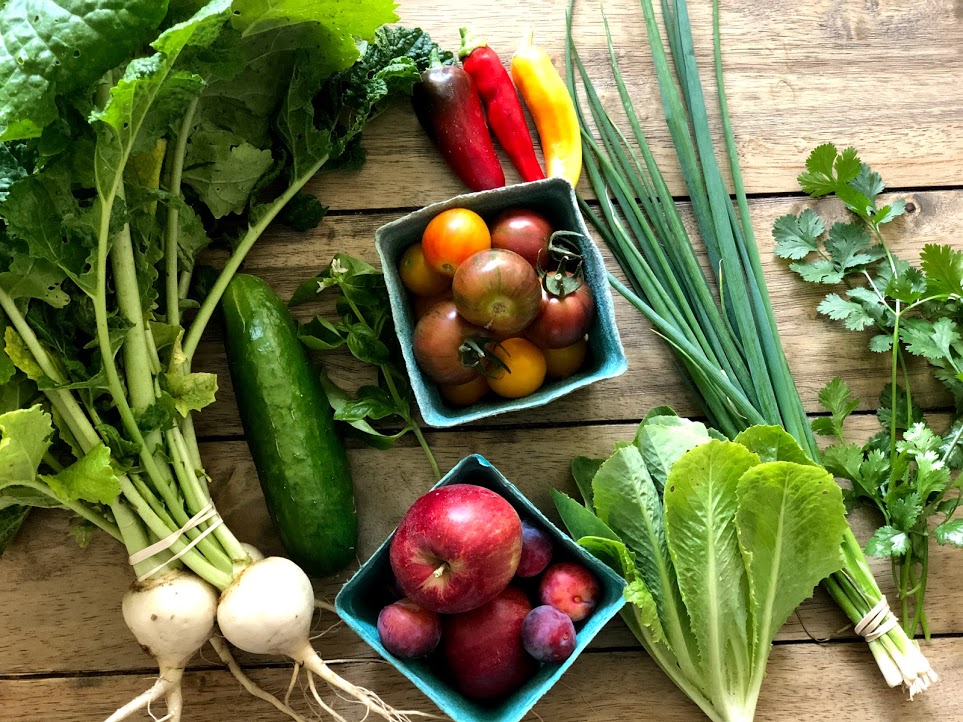
Consistent and blemish free, please
This question leads right into the second measure of food quality, consistency. The idea of consistency applies to multiple aspects of food quality perceptions. It seems we often try to apply the Starbucks model of consistency to all food. Starbucks’ growth around the world stemmed largely from the fact they mastered consistency. Wherever you are in the world, whatever the season, you can get a custom cup of coffee made to the exact standard you find at the Starbucks in your home town. But does this standard really make sense in the world of produce? Is it reasonable to expect a head of lettuce to look and taste the same every time you purchase it from the store, at any given time of the year?
Consistency then relates to the third measure of blemish. Or, perhaps we should say the absence of blemish. It’s interesting to watch shoppers at a grocery store. So often people scan through a rack of apples or pears, and you can see them sorting the product based on blemish. With each feel or rotation they are actively looking for any soft spot, deformity, or discoloration. Do blemishes really affect the quality of food?

These values infiltrate the whole system
Whatever your position on these topics, the fact is that these values shape the actions of everyone involved in the food supply chain. Botanists and seed companies work to hybridize or genetically modify seeds to achieve crops that are bigger or more consistent than traditional varieties. Biochemical companies work to develop new pesticides to destroy pest pressure and prevent blemishes to fruit. Grocers send back to suppliers or throw away any product not matching their standards for consistency, size, or blemish. Consumers then perform a finer selection, leaving behind any crops not meeting their even higher expectations. And, the farmers exist in the middle, trying to respond to the quality demands of consumers and following the advice of seed companies, biochemical companies, and extension offices on how to improve the size, consistency, or blemish of their produce.
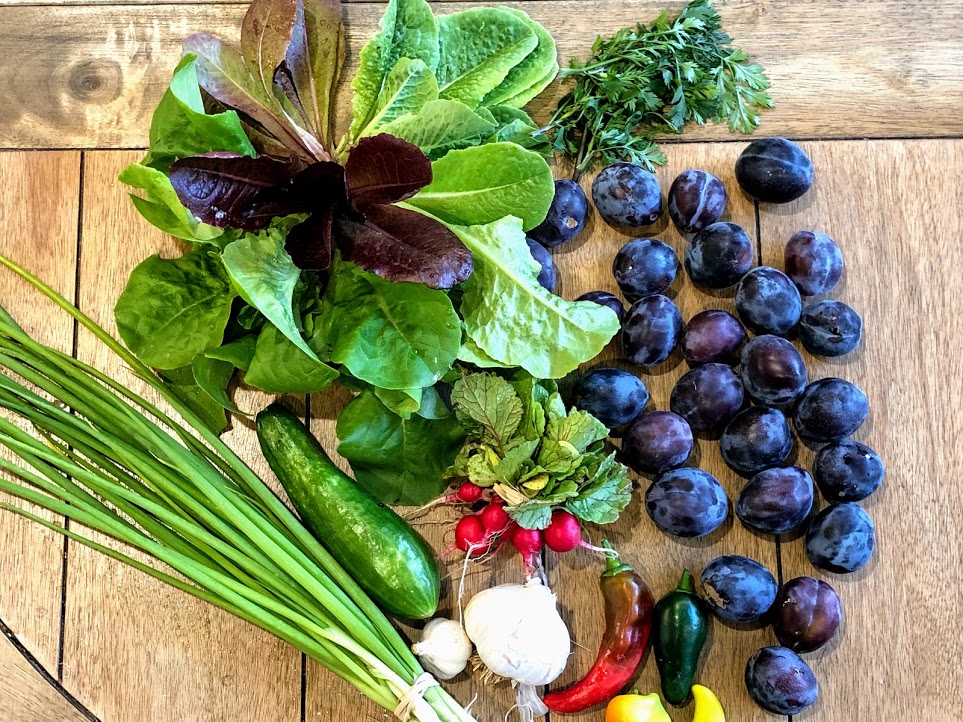
So which criteria do we use?
But, how would the system change if we measure the quality of food by different criteria? We thought about this a lot when we started growing our own food, and came up with three new criteria: nutrient density, flavor, and aesthetic. How do these values shape our farming practices? We know the most nutrient dense foods are not always the biggest, they are the crops grown in the healthiest soil. Instead of using synthetic fertilizers and biochemical herbicides we strive to build soil quality through no-till practices, cover cropping, and composting.
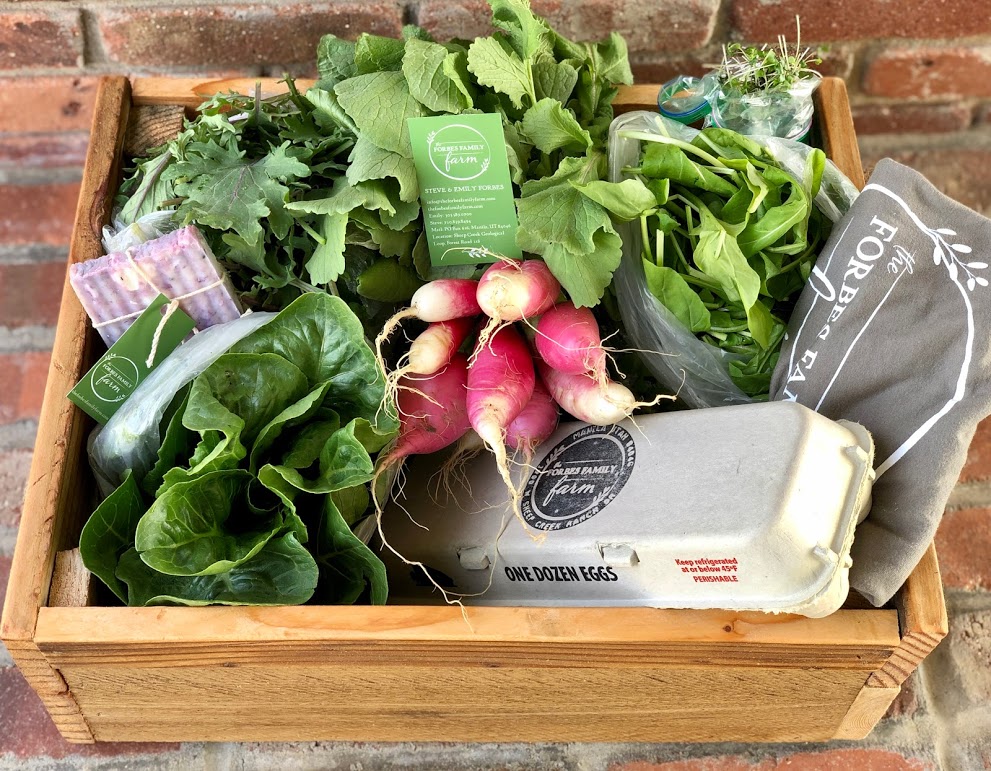
The aesthetics of our food
We know growing nutrient-dense foods helps us achieve our second objective of producing flavorful food. Foods rich in flavor are often those with the most nutrients. But, flavor is not consistent throughout the season. Spring is the season of fresh flavors like spinach, radish and peas. Summer flavors are juicy, refreshing, and sweet; think tomatoes, cucumbers, berries, and onions. Fall is the transition from sweet to starchy with apples, plums, tomatoes and berries harvested alongside potatoes, squash, and carrots. Winter of course is the season of storage crops. Not as strong in flavor, but loaded with sustenance.
We value variety in appearance as well. We believe the aesthetic of food is important, but it involves much more than size or consistency. There are hundreds (sometimes thousands) of varieties of most food crops, but all we usually see in the store are one, or perhaps two. Unfortunately, we miss out on some of the most beautiful, unique, and tasty varieties because they do not conform to those three standards of size, consistency, and blemish.
As we’re selling produce to our community we strive to provide the most nutritious, flavorful, and beautiful food possible. There may be blemishes on occasion. A few leaves that have been chewed by bugs, or a minor deformity on a tomato that grew against a branch. A perfectly shaped fruit is always a prize, but it’s not worth compromising the nutrient content or flavor. Besides, sometimes blemished products make for the most beautiful presentation when placed on a plate.

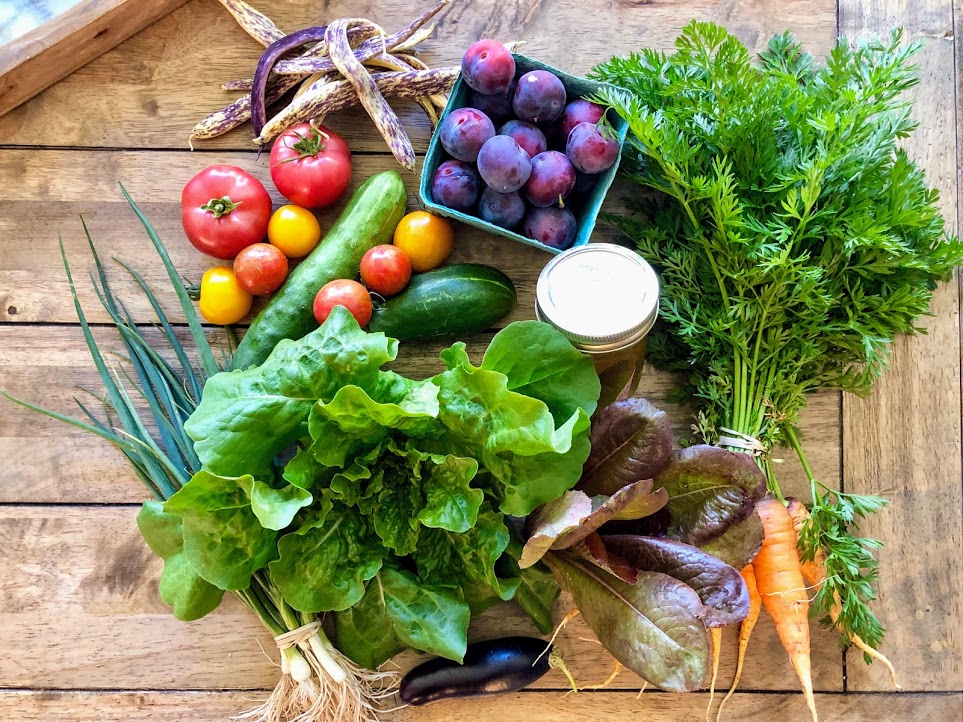
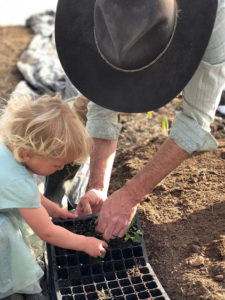
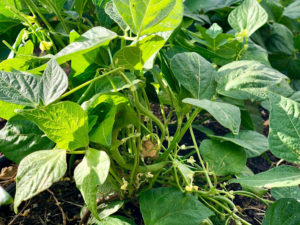
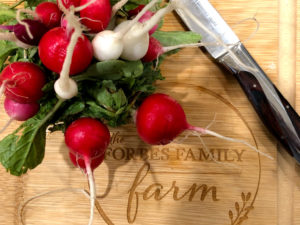
Your produce is excellent. Love the beets, carrots, radishes, lettus, peas and turnips are absolutely wonderful. I am throughly pleased with everything. Love the eggs and get wait for the chickens. Keep up the wonderful things you are doing and providing for others. Love, Betty
We’re so happy to hear you’ve been enjoying the produce!
Pingback: What's so unique about Farm-to-Table dining? - The Forbes Family Farm